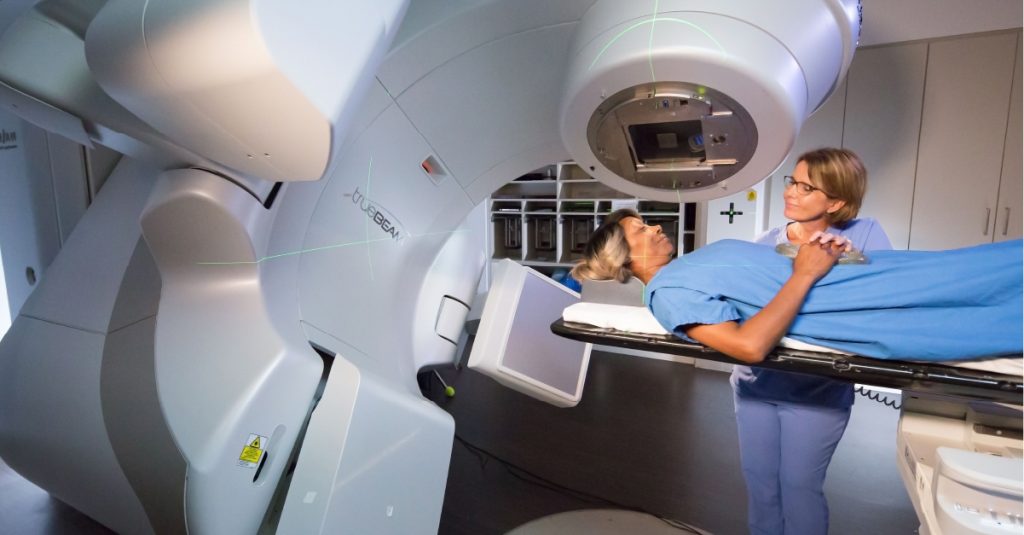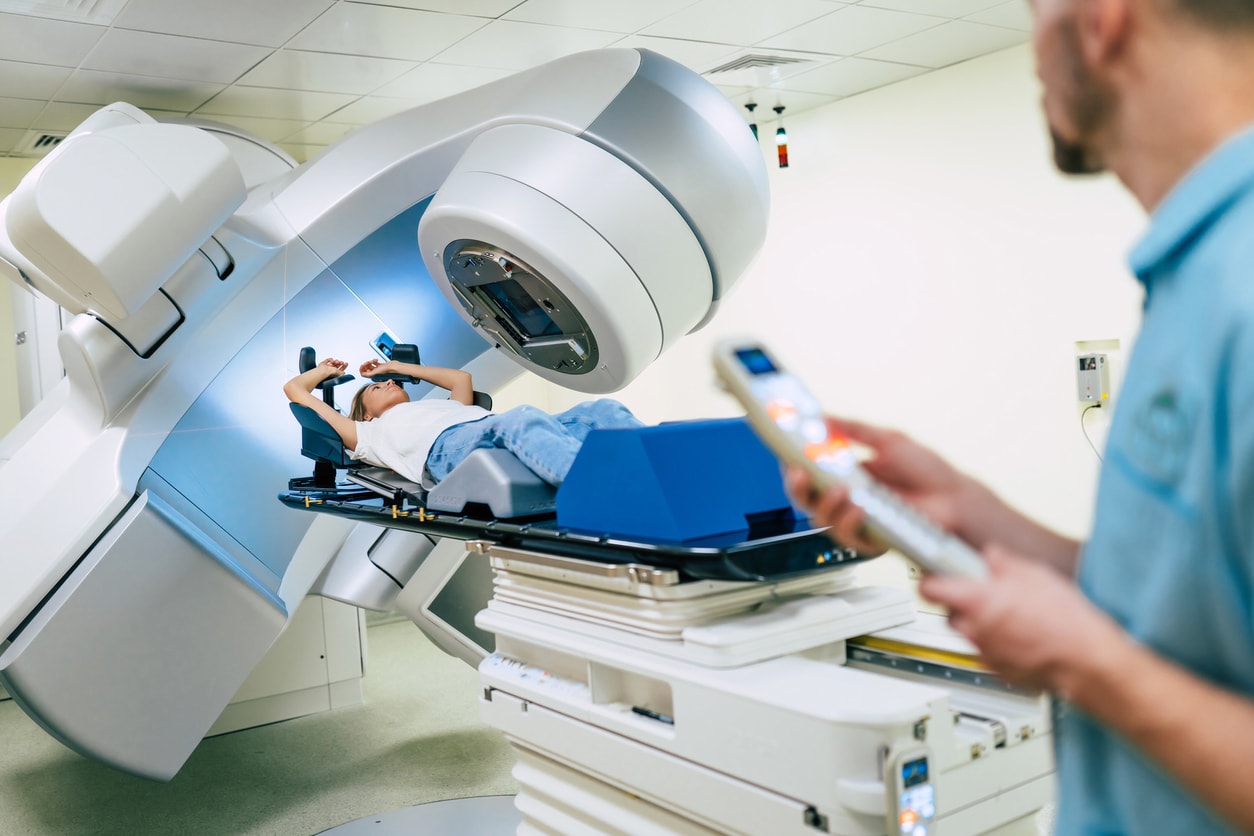Radiations play a vital role in medical diagnosis and treatment, providing valuable insights into various conditions and aiding healthcare professionals in making accurate decisions.
However, understanding the types of radiations used, their benefits radiation protection, and potential risks is essential to ensure patient and healthcare professional safety.
This article aims to explore the different types of radiations employed in medical settings, the benefits they offer in diagnosis, and the safety measures in place to minimize their harmful effects.

The Types of Radiations Used in Medical Settings
In medical settings, various types of radiations are utilized for diagnostic and therapeutic purposes. Radiation therapy advancements have revolutionized the field of cancer treatment, offering targeted and precise delivery of radiation to tumor cells while minimizing damage to healthy tissues. This has significantly improved patient outcomes and reduced side effects.
Emerging technologies in medical radiations continue to advance the field Accentrix SDN BHD, providing even more effective and efficient treatments. One such technology is proton therapy, which uses protons instead of traditional X-rays to deliver radiation. Proton therapy offers superior dose distribution and can be especially beneficial in treating pediatric patients and tumors located near critical structures.
Another emerging technology is stereotactic body radiation therapy, which allows for highly precise and high-dose radiation delivery to small tumors in a limited number of treatment sessions.
These advancements in radiation therapy are transforming the landscape of cancer treatment, offering new hope and improved outcomes for patients.
Benefits of Radiations in Medical Diagnosis
The use of advanced imaging techniques has revolutionized the field of diagnostic medicine, allowing for more accurate and timely diagnoses.
Radiations play a crucial role in medical diagnosis, particularly in the fields of radiation therapy and radiation oncology. Radiation therapy uses high-energy radiation to destroy cancer cells and shrink tumors. It has become an essential treatment modality for various types of cancer, providing significant benefits to patients by targeting tumors while minimizing damage to healthy tissues.
In radiation oncology, advanced imaging techniques such as computed tomography (CT) and magnetic resonance imaging (MRI) are used to precisely locate tumors and guide radiation treatment planning. These imaging techniques enable radiation oncologists to accurately target tumors, ensuring effective treatment delivery while minimizing side effects.
The integration of radiations in medical diagnosis has greatly improved patient outcomes and enhanced the precision and efficacy of cancer treatments.
Understanding the Potential Risks of Radiations
Understanding the potential risks associated with the use of advanced imaging techniques is crucial in order to ensure the safety and well-being of patients undergoing diagnostic procedures.
While radiations have proven to be beneficial in medical diagnosis by providing valuable information about a patient’s condition, it is important to weigh the risks against the benefits.
One of the primary concerns is radiation exposure. There are established radiation exposure limits that aim to minimize the potential harm caused by excessive exposure. These limits are based on extensive research and scientific evidence.
By adhering to these limits, healthcare professionals can strike a balance between obtaining the necessary diagnostic information and ensuring the patient’s safety.
Regular monitoring of radiation doses, implementing dose reduction strategies, and using alternative imaging techniques when appropriate, can further minimize the risks associated with radiations in medical diagnosis.

Safety Measures to Minimize Harmful Effects of Radiations
To ensure patient safety, implementing safety measures is essential in minimizing the harmful effects of radiation exposure during diagnostic procedures. Radiation protection is crucial in medical settings where patients are exposed to ionizing radiation, which can have detrimental effects on their health if not properly controlled.
Various safety measures can be implemented to minimize radiation exposure and protect patients from its harmful effects. These measures include the use of lead aprons and shields to shield sensitive areas of the body, the optimization of imaging protocols to reduce unnecessary radiation dose, and the use of advanced imaging technologies that provide high-quality images with lower radiation exposure.
Additionally, regular training and education of healthcare professionals on radiation safety practices is vital to ensure proper implementation of safety measures and minimize patient radiation exposure.
Ensuring Radiation Safety for Patients and Healthcare Professionals
Radiation safety is of utmost importance in healthcare settings to ensure the well-being of both patients and healthcare professionals. Proper training for healthcare professionals is crucial in order to minimize the risks associated with radiation exposure. Healthcare professionals need to be knowledgeable about the principles of radiation safety, including the use of personal protective equipment, the appropriate use of radiation shielding, and the implementation of safe work practices.
Technology also plays a significant role in radiation safety measures. Advancements in medical imaging technology have led to the development of equipment with improved safety features, such as lower radiation doses and better image quality. For example, digital radiography and computed tomography (CT) scanners have reduced the amount of radiation required to obtain high-quality images.
Conclusion
In conclusion, radiations play a crucial role in medical settings for diagnosis and treatment purposes. While they offer significant benefits in terms of accurate diagnoses, it is important to understand and mitigate their potential risks.
By implementing safety measures and ensuring radiation safety for both patients and healthcare professionals, the harmful effects of radiations can be minimized. Continued research and advancements in this field will further enhance the safe and effective use of radiations in medical practice.